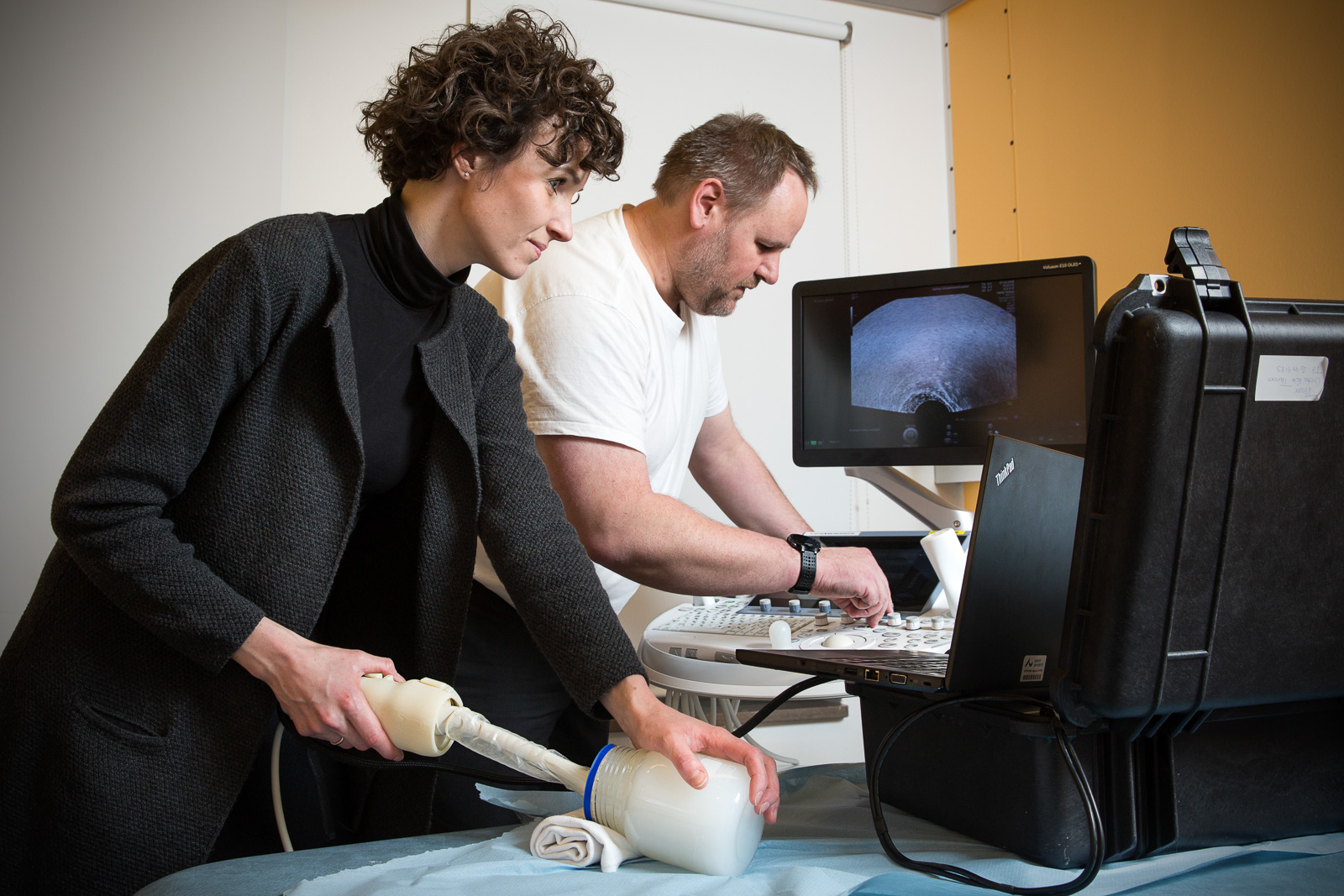New technology to minimise the risk of premature birth
Premature birth is the most common cause of death among infants worldwide. Danish researchers are therefore working on a very special project that will make it possible to identify women at risk long before their child is born.

Approx. 60.000 babies come into the world every year in Denmark. Around 4,000 of them are born prematurely, i.e. before the 37th week of pregnancy. Even though this has no impact on the vast majority of these preterm newborns, the risk of complications is greater if the birth is extremely early.
About 200 babies are born extremely early in Denmark every year. And these extremely premature infants, who come into the world more than 12 weeks before the expected birth date, usually weigh less than 1000 grams. This means there is a significant risk of complications, brain damage or even death. In fact, premature birth is the leading cause of death for children under the age of 5 worldwide.
CHECK OUT: New research can put an end to allergic reactions
A significant reason why some women give birth prematurely is to be found in the biomechanical properties of the cervix. Researchers from the Department of Engineering are therefore working on a project in collaboration with Aarhus University Hospital, Randers Regional Hospital, and others to quantify these properties and thus predict women at risk of preterm delivery.
Soft as velvet
"Back in the 1980s, it was discovered that the hardness of the cervix is proportional to the risk of giving birth prematurely. And actually, there is a great difference in this hardness from woman to woman - one cervix can be soft as velvet, while another may be hard as granite. The softer cervix is correlated with increasing risk of giving birth prematurely. Conversely, a very hard cervix can make it difficult to give birth naturally at all. We’re trying to quantify the hardness of the cervix with a special gel we’ve developed, because it's actually very difficult to measure," says Mogens Hinge, Associate Professor at the Department of Engineering, Aarhus University.
The gel is used in combination with elastography, a special medical ultrasound technique that assess the rigidity and the elasticity of human tissue. For instance, elastography is used to diagnose cancer, as a cancerous tumour is often harder than the surrounding tissue.
"If you suspect a tumour in the breast, for example, you can use elastography to measure the hardness of the tumour. You compare the hardness of the tumour with the surrounding adipose tissue, which you already know the elasticity and hardness of. But there isn’t any adipose tissue in the anatomical region surrounding the cervix, and therefore there isn’t any reference material to scan," explains Christine Rohr Thomsen, a PhD student and doctor from the Department of Obstetrics and Gynaecology at Randers Regional Hospital.
CHECK OUT: Underwater robot reveals surprising new knowledge about icebergs
The project therefore involves using the gel as the missing reference material by applying it as a cover on the ultrasound scanner before measuring the stiffness of the cervix.
Very promising technique
"Today, the hardness of the cervix is measured using the fingers by doctors and midwives. This doesn’t give a particularly precise picture of the hardness, and it is a very difficult technique to use before pregnancy as a screening for women at risk for premature birth. Therefore, we can’t really find out about the risk of giving birth prematurely in advance, when we would otherwise be able to take action with preventive measures," says Christine Rohr Thomsen.
Although the project has not yet been tested on humans, the results, so far, look very promising, says Mogens Hinge.
"We hope that, using this technique, we’ll be able to predict problems caused by a very soft or hard cervix long before the child is even conceived."
CHECK OUT: Building a computer like a human brain: a technological revolution
If they succeed, the opportunities to plan pregnancy and thereby avoiding preterm births due to reduced biomechanical strengths of the cervix will be much improved, adds Christine Rohr Thomsen:
"Premature birth is the most common cause of mortality among children around the world, and it’s also behind some extremely expensive admissions and results in huge socio-economic costs. Many of these children lie in intensive care for a long time, and a nurse is assigned to each child. It’s also a very tough start for the new parents and not least for the baby, so there’s a lot to gain by knowing the risk in advance and being able to take early preventive measures," she says.
Contact
Assistant professor Mogens Hinge
Department of Engineering, Aarhus University
Mail: hinge@eng.au.dk
Phone: 22770555
Doctor, phD Christine Rohr Thomsen
Randers Regional Hospital
Mail: christinerohrthomsen@gmail.com
Phone: 20945183
